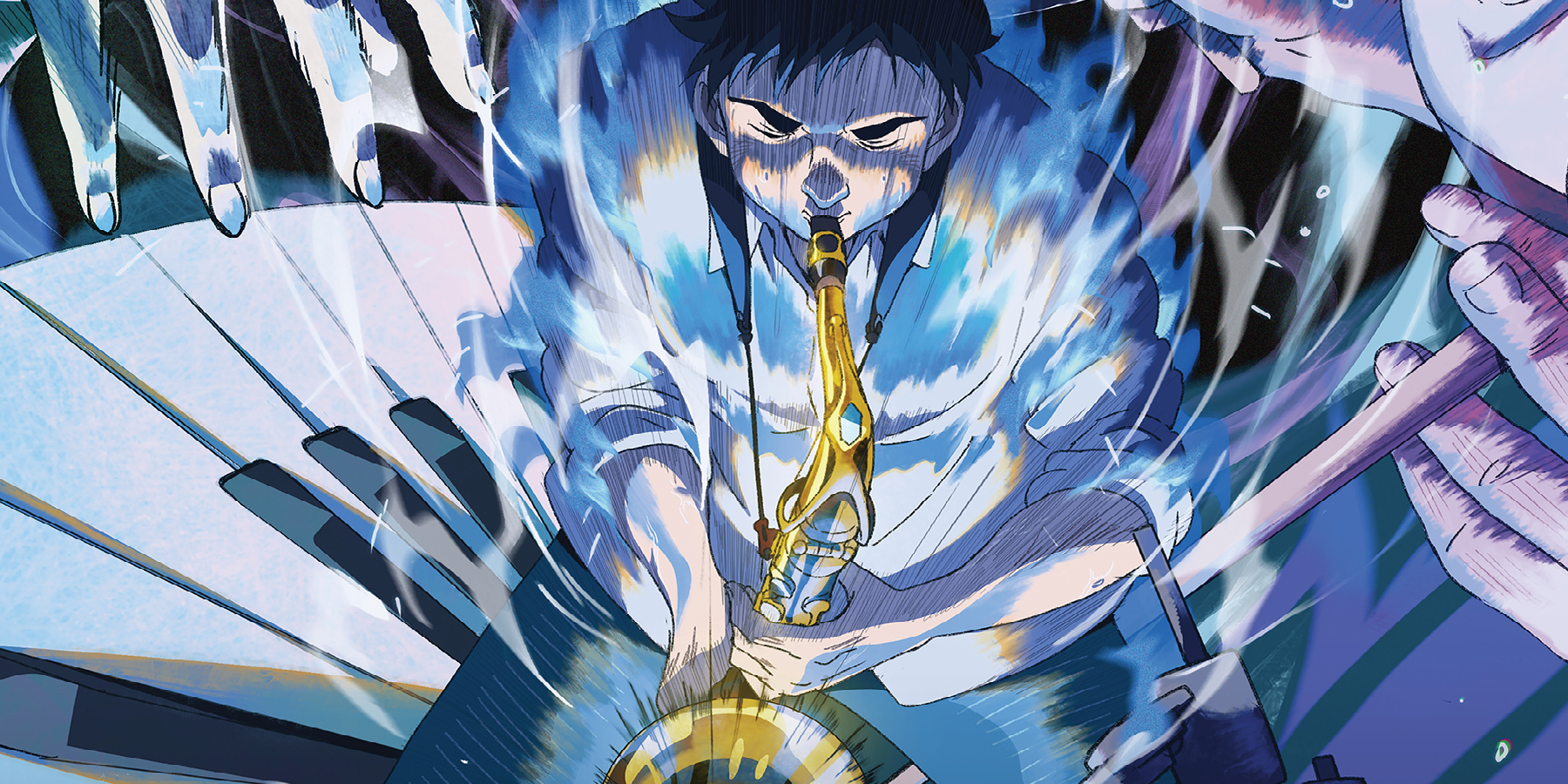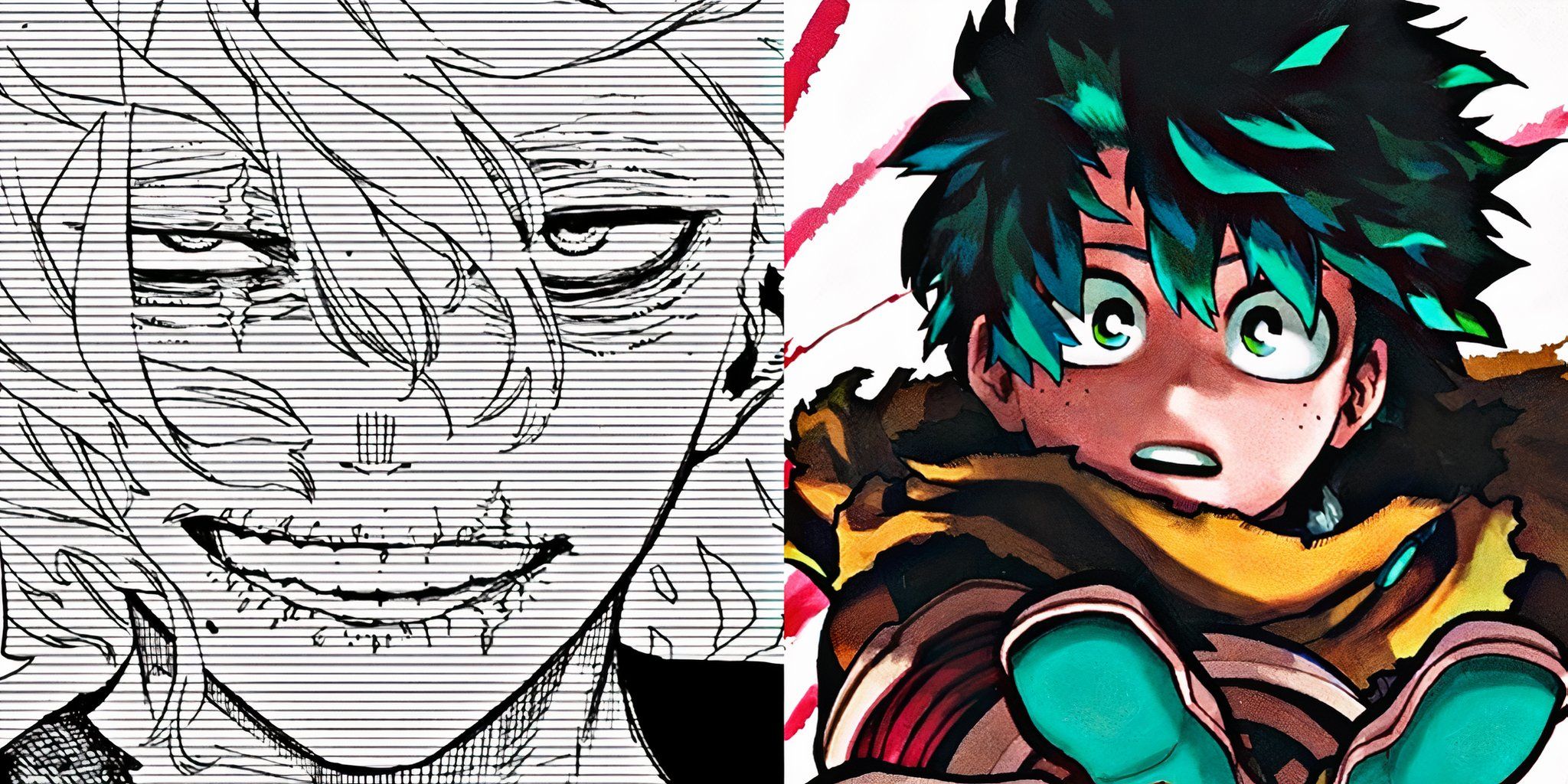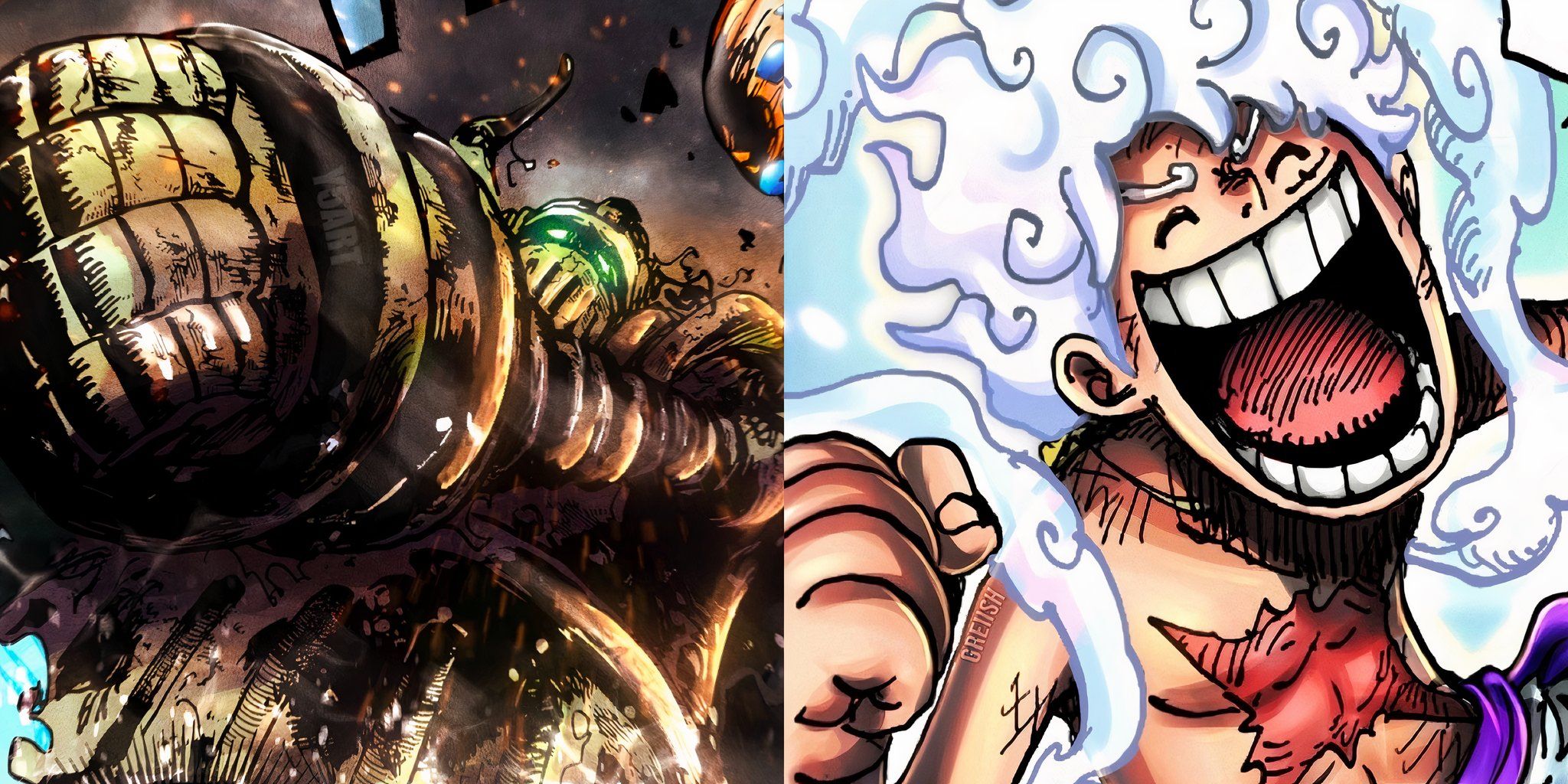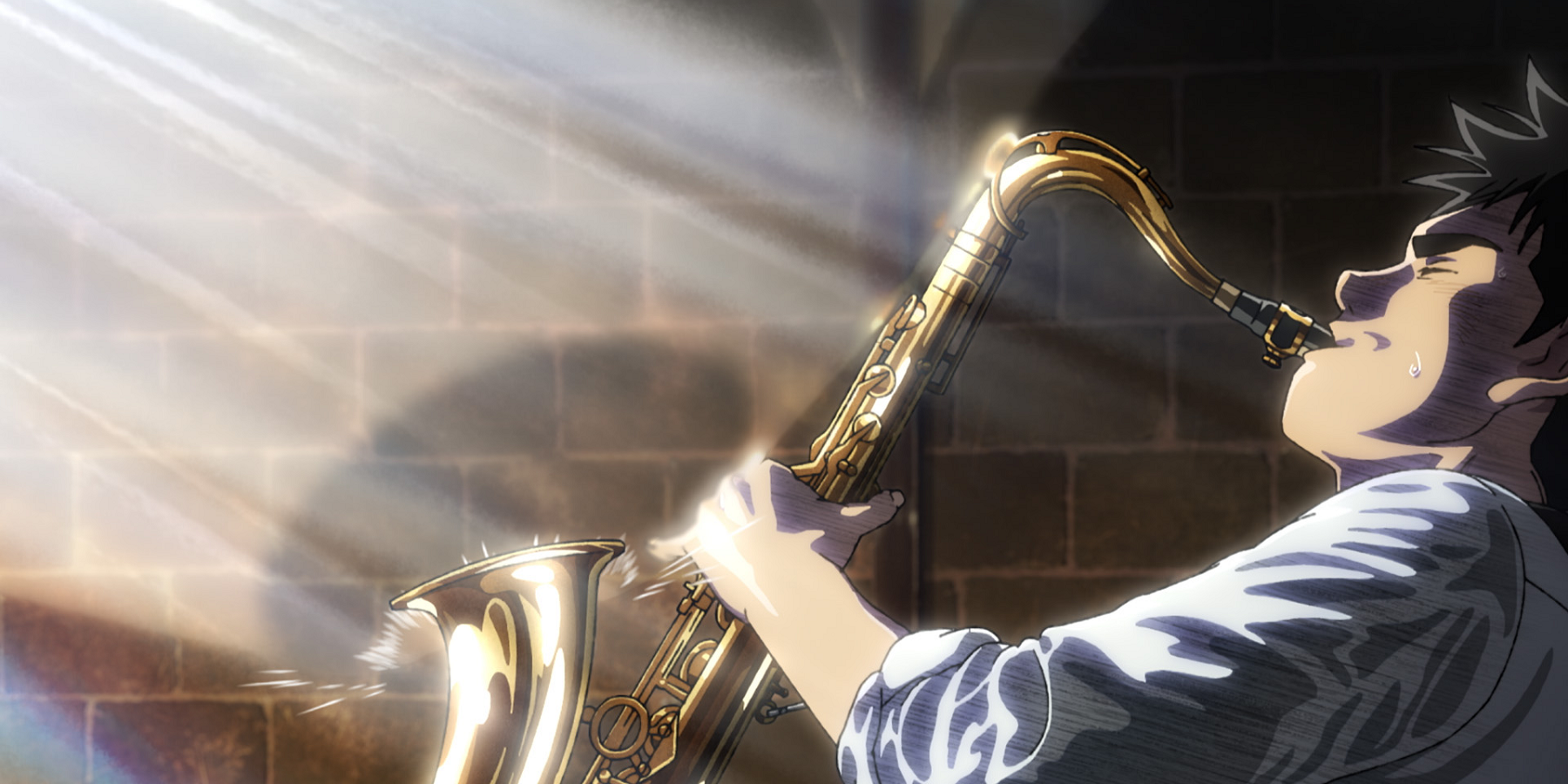Highlights
- Yuzuru Tachikawa showcases his unique blend of stylish aesthetics and shonen-inspired direction in Blue Giant, shining a light on the Tokyo jazz scene.
- The film follows jazz saxophonist Dai and his band, JASS, exploring their dynamics and musical progression through artistic performances and a captivating soundtrack.
- While the film's art direction captures the musical atmosphere, the heavy use of CGI during performances feels out of place and fails to fully integrate with the rest of the film's aesthetic.
Working in multiple genres, Yuzuru Tachikawa has built up a reputation for his inventive mix of stylish aesthetic and shonen-infused directorial ability, as seen in projects ranging from The Lady Called Fujiko Mine and Death Parade, to Bleach and, recently, Mob Psycho 100. With his newest film, Blue Giant as previously discussed with Game ZXC, the director aims to shine a light on the Tokyo jazz scene through a trio of very differently thinking—and differently sounding—musicians.
Blue Giant follows the story of a jazz saxophonist, Dai, who moves to Tokyo and starts a jazz band, titled JASS (which, funnily enough, was the earliest spelling of jazz). Working alongside a disciplined pianist and a ragtag roommate-turned-drummer, Dai and JASS’s performances are shown throughout the film in a way that mixes their progression with extended, artistic musical scores.

'Blue Giant': Director Yuzuru Tachikawa on Bringing the Sound of Jazz to Life
The director of 'Mob Psycho 100' talks about his creative process, distinctive artistic trademarks, and the intertwined natures of music and anime.
Immediate comparisons can be drawn to Whiplash, Damien Chazelle’s 2009 live-action American film that follows a promising jazz drummer as he continually sacrifices more and more to meet scrupulous demands of being “one of the great” musicians. Whereas that film focuses more on an individual’s sacrifices and the all-consuming nature of jazz as an art form, Blue Giant is more about the dynamics of each of JASS’s members.
The film’s soundtrack, featuring Japanese jazz virtuoso Hiromi Uehara, creates a very strong atmospheric mood for the film’s production, and the film has an overall musical feel that is precisely captured through Tachikawa’s fantasy-addled psychological portraits of each musician. While the fantastical colors and dynamism featured in the various performance sequences of the film are interior to the performers’ emotions, these “visualizations of the sound” take a surprising aesthetic note not entirely unalike Tachikawa’s prior work on Mob Psycho 100.
While the art direction captures Blue Giant’s musical overtones, the visuals are admittedly hampered by the film’s heavy usage of mocap-tinged CGI during its performance. The CGI itself doesn’t look particularly bad, but it’s noticeably ubiquitous during the various musical performances throughout the film. It makes sense why these performance sequences would be animated in CGI, as they capture the physical act of performing a very intense style of music. Still, given that most of the film is in a 2D stylized to match the husky lineart of Ishizuka’s manga, the noticeable transitions between smoothly-rendered and lit CGI performance never fully gel with the other aspects of the film’s aesthetic.
Imagining these CGI performances in full 2D invites a longing for what it visually could have been; and even an entirely CGI film would have been commendable, as recent productions like 2022’s Trigun: Stampede and 2019’s Lupin III: The First have shown that the aesthetic core of anime and manga can be faithfully conveyed in 3D. Blue Giant attempts to have it both ways, and it’s noticeable in a way not entirely dissimilar from the plot’s theme of the musicians needing to keep their individual sounds in-sync. That said, the updated Blu-Ray version of the film reported to be currently screening in Japanese theaters includes updated edits to the film over its initial theatrical release, a somewhat common practice in the anime industry to refine projects for their premium physical releases. And the majority of the film, already, goes a great way to capture the feel of its source material, making it worth considering for fans of anime and music alike.
Blue Giant was theatrically released in North America by GKIDS on October 8 and 9 in select theaters. The physical release of the film is coming in 2024.
Film: Blue Giant
Director: Yuzuru Tachikawa
Studio: NUT Co., Ltd.
Rating: 3/5



